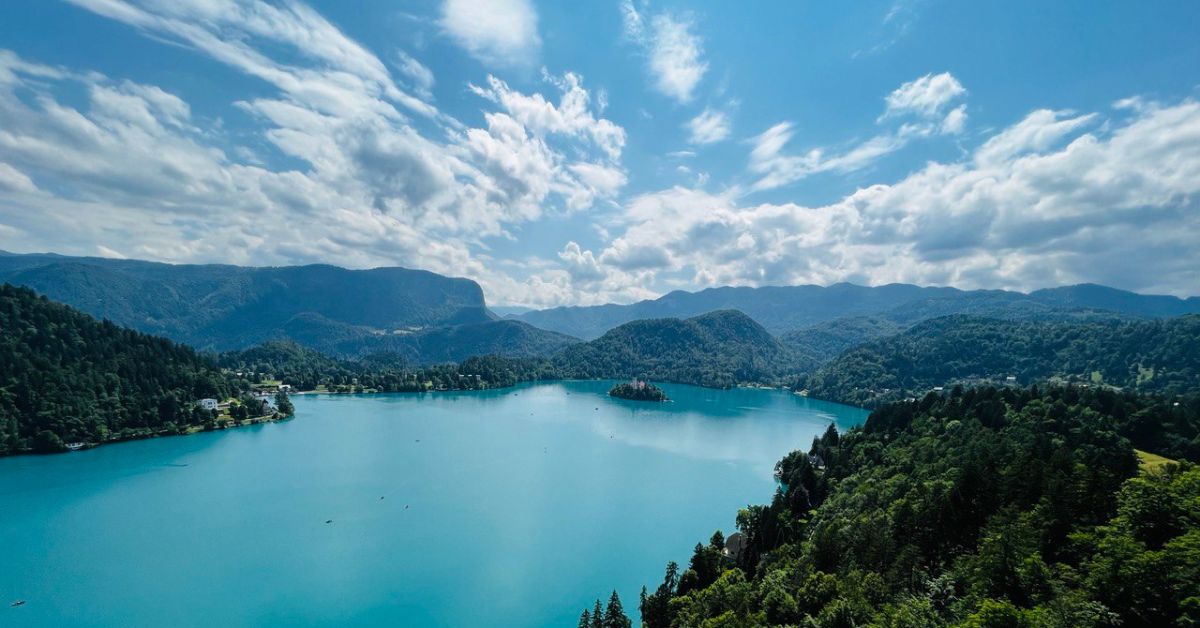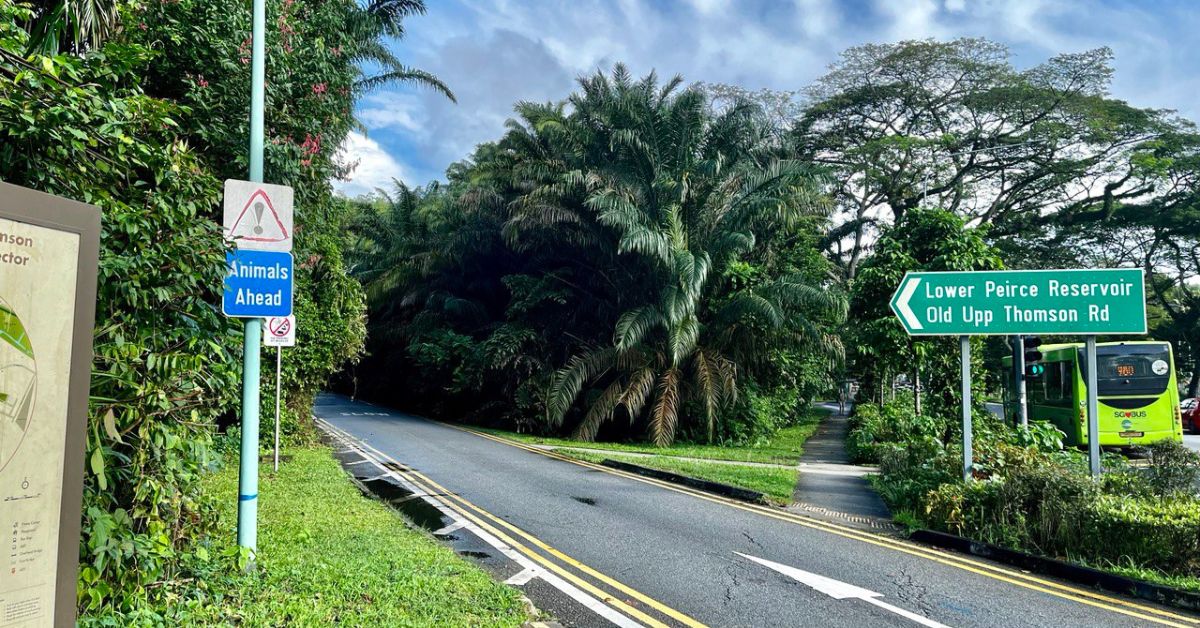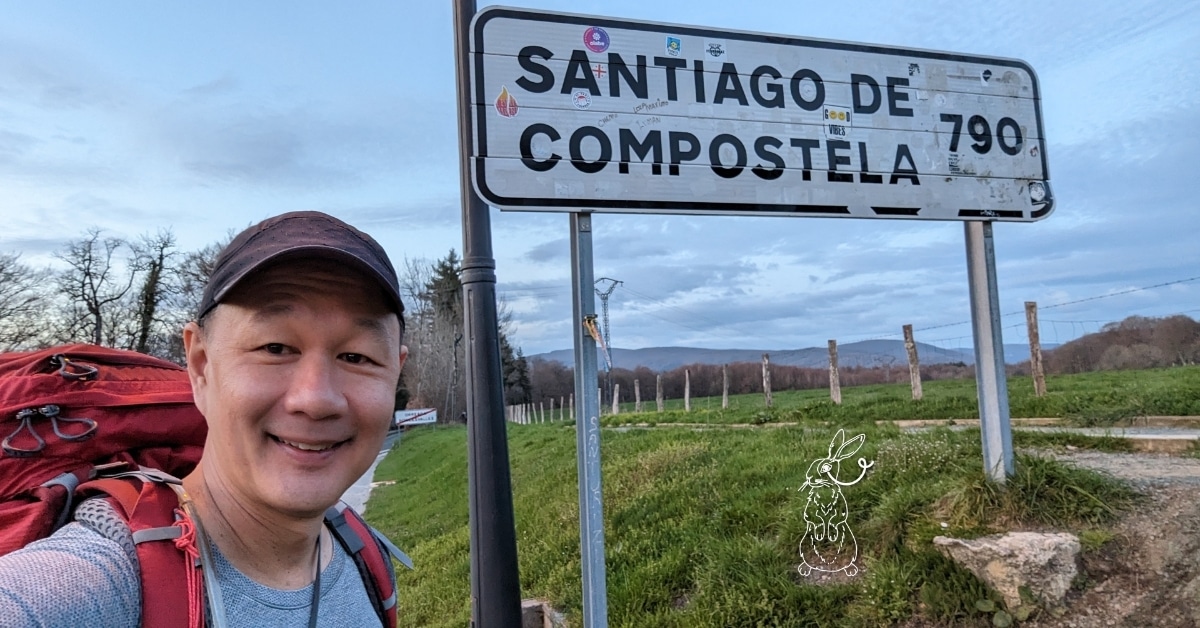
Credit: Alexander Ee
Summary:
- At 55, author Alexander Ee left Singapore to walk 925km on the Camino de Santiago, seeking renewal after his wife’s passing and his children leaving home.
- The pilgrimage tested him physically and emotionally, revealing lessons on kindness, community, and the shared humanity of people from all walks of life.
- The journey transformed his outlook, helping him find peace, purpose, and a deeper appreciation for growth through discomfort and faith.
Who would have thought that at age 55, I would abandon a career, leave Singapore, and spend two whole months completing the Camino de Santiago, a walk totalling 925 kilometres stretching from Lourdes in France to Santiago de Compostela in Spain.
I certainly wouldn’t have, and if anyone had suggested so before I first did, I would have dismissed the idea outright. But as they say, never say never.
I found myself doing the aforementioned in the spring of 2023. I did so because my life had changed.
My wife had passed away from cancer in 2019, and I faced an empty nest as both my children had left home in 2022 to pursue their education overseas.
The walk is an escape for me, a place to run away to for adventure. I also did it to find my purpose in life given advice from a priest friend who told me, quite firmly, that while I had a mission to look after my wife while she was ill, that mission is over, and I now had a new life mission to fulfil.
Advertisement
My experience of the Camino de Santiago
The walk I undertook, called the Camino de Santiago, is a network of routes across Europe, all of which terminate at Santiago de Compostela. People walk it to pay their respects to Saint James the Greater, an apostle of Jesus, whose remains are entombed there.
The Camino has existed since the Middle Ages and has inspired popes, royalty, movie stars, politicians, and countless others. Today, it attracts half a million pilgrims (all walkers on the Camino are called pilgrims) annually.
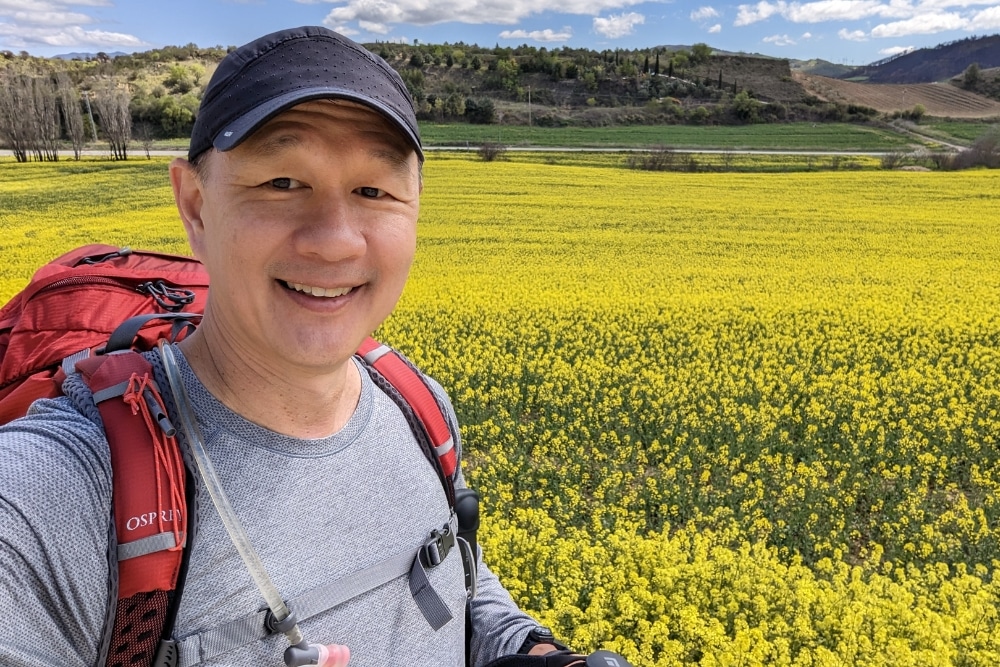
Credit: Alexander Ee
I was one of those pilgrims in 2023. Over its course, I ascended (and descended) 15,600 metres with 15 kilograms on my back, crossed countries whose languages I didn’t speak, ate and slept communally with people from 36 nations, and encountered all the breathtaking beauty and magnificence that France and Spain had to offer.
I experienced much during the journey. There were physically exhausting days, like the day from Saint-Jean-Pied-de-Port to Roncesvalles when I had to climb 1,300 metres and walk 25 kilometres.
There were also days of deprivation, when, one, sometimes two of the three meals in a day were missed due to inadvertently closed restaurants.
Correspondingly, there were frequent encounters with fellow pilgrims who saved the day with kind acts. l remember the day when a pilgrim couple offered to share their meagre rations with me when all the restaurants in the village were closed.
Or the other time when I encountered a gentle giant who took pity on the children of a small village and bought a broken computer monitor from them so that they could have some pocket money.
Fun fact: he ended up walking almost the entire length of the Camino Francés (one of the most well-known routes on the Camino de Santiago) while carrying the monitor, as penance for past misdeeds.
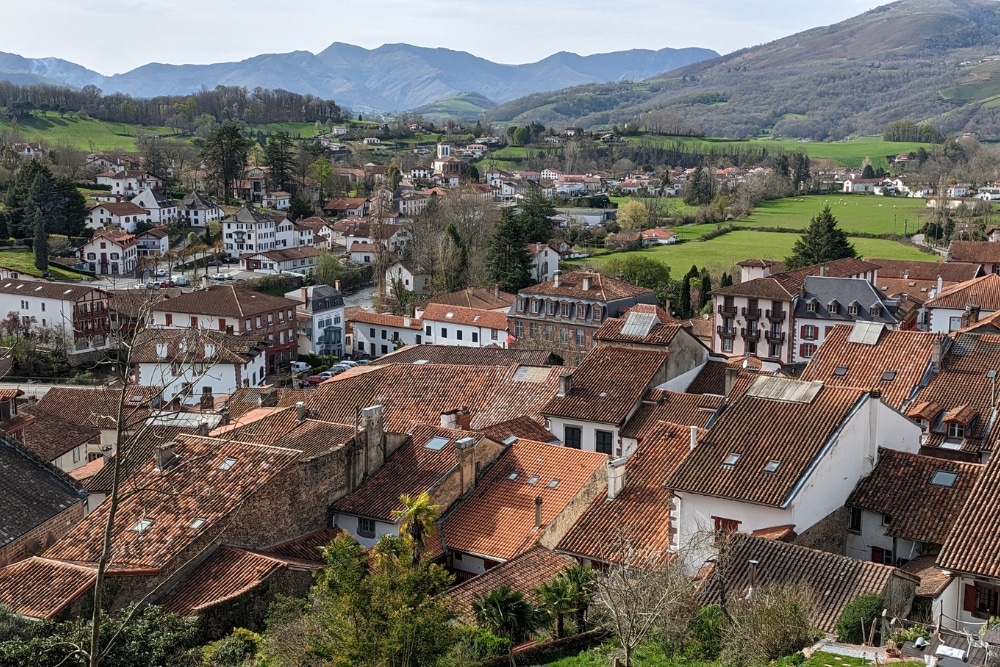
Credit: Alexander Ee
There were also numerous days filled with deep conversations, days when fellow pilgrims shared their deepest hurts (abandonment by parents early in childhood due to divorce) and joys (pride in children, triumph over difficulties in life).
There were frequent days of camaraderie and good cheer, like when I had an inane discussion with an attractive South African lady on which Microsoft Office product was our favourite (we both agreed on Excel).
Through all these experiences, I realised many things: like how we are all wired for good; how alike we are regardless of race, religion, or culture; how difficulties are what make choices meaningful; and how community is critical since it is the substructure, the context in which we can grow as people.
Over time, there was a gradual rewiring of my heart and soul. The changes began slowly, but gathered pace as I walked slow-mile after slow-mile.
When the walk reached its end, that was when I was more at peace, more joyful, more contented, more secure about the unknown, and more certain about my place in the world.
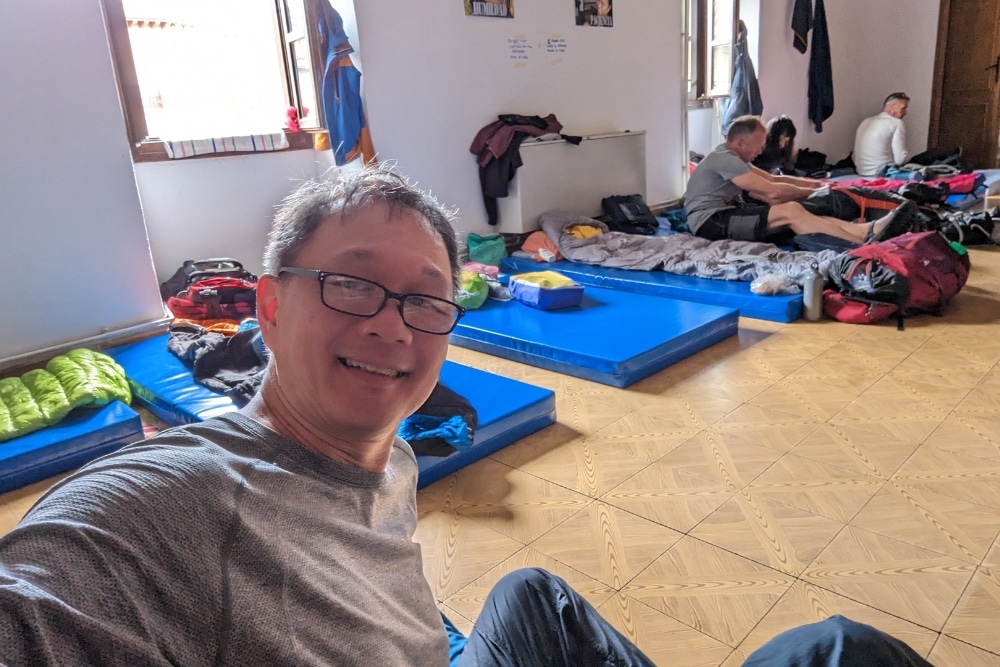
Credit: Alexander Ee
Is the Camino for everyone? I think so, based on my personal sample of people I met who came from all walks of life. There were atheists and Christians, young and old, the physically fit and unfit, male and female, and people of all nationalities, races and culture.
Will everyone experience what I did? Probably not, since all will have different starting points. But Google “Camino de Santiago life changing” and you will see many accounts of the impact the Camino has had on them.
Ultimately, the Camino was, for me, a glimpse of heaven. I saw what perfection could be like, and had a foretaste of the ultimate fulfilment to be found in heaven. It is also why I wrote a book about the journey and named it A Glimpse of Heaven.
Also read:
World Ageing Festival 2025 Returns With Senior-Focused Career Segment, New Innovations For Growing Elderly Population
The World Ageing Festival 2025 kicks off on 8 April with a senior-focused career segment targeted at late-career switchers.
World Ageing Festival 2025: Longevity, Women’s Issues & The Senior-Integrated Workforce Of The Future
The two-day World Ageing Festival 2025 received an estimated 6,000 attendees from over 50 countries.
Tips for taking on the Camino
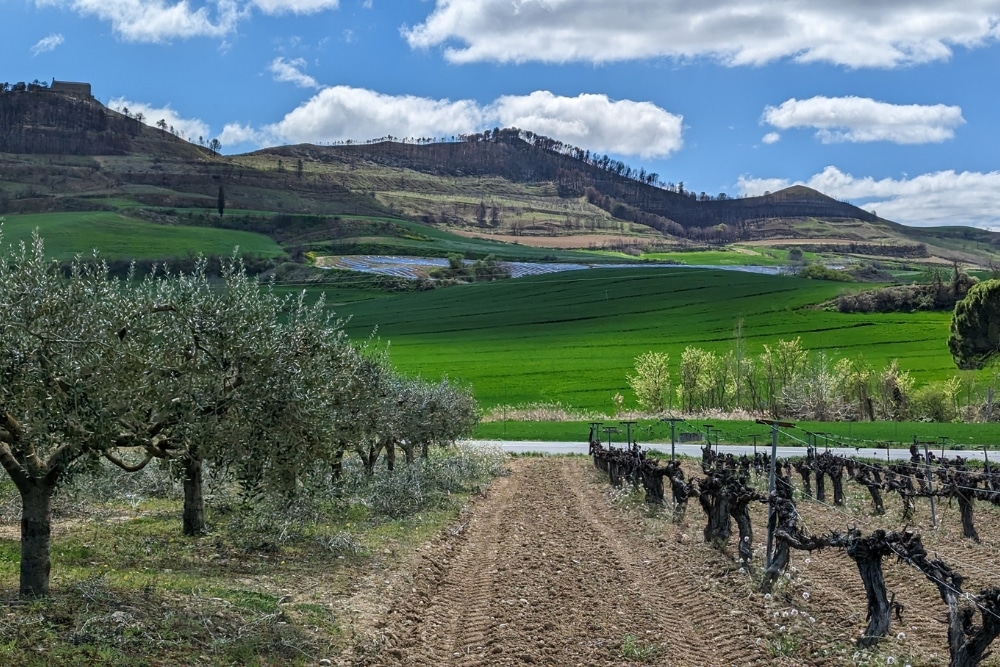
Credit: Alexander Ee
How should one walk the Camino? Any way you wish would be my answer. As a sultry Danish woman whom I met on the road told me: “There is no wrong Camino.”
There are many considerations before taking on the Camino: route, distance, the number of people you walk with, the time of year, luxury and difficulty level, as well as degree of planning.
- Routes
There are many routes to Santiago de Compostela. The routes are sometimes named after the nationalities that used those routes in ancient times.
There is therefore the Camino Francés for people coming from France, the Camino Portugués for people coming from Portugal, and the Camino Inglés for people coming from England.
Other times, the route names are descriptive, like the Camino del Norte to describe the route which follows the northern coast of Spain, or the Via De La Plata from Seville, a name derived from Arabic to describe the route which follows a cobbled road engineered by the Romans.
Pilgrims can walk entire routes or just fractions of them depending on their inclination. I do not say that it depends on age or fitness levels since I’ve met pilgrims not at the physical prime of their lives who chose to walk hundreds of kilometres.
Nor do I say that it depends on age since I’ve encountered 70-year-olds who trekked the Camino over long distances while carrying heavy backpacks to boot.
However, Pilgrims must complete at least 100 kilometres anywhere on a route and go to Santiago de Compostela thereafter, if they would like to receive a Credencial, the certificate which certifies a pilgrim’s completion of the Camino.
- Group size
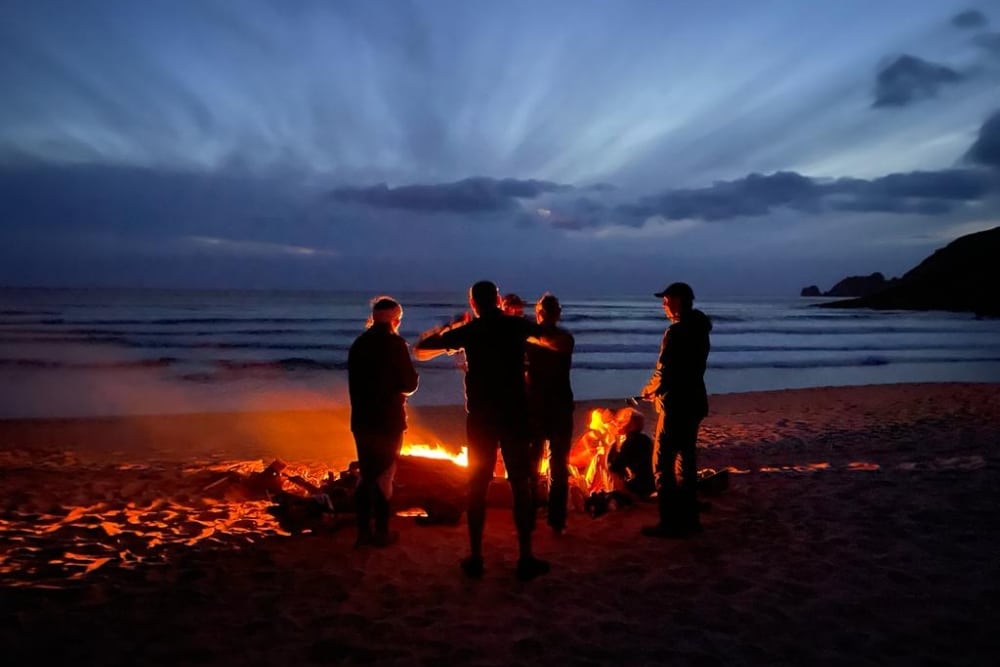
Credit: Alexander Ee
Most pilgrims walk with others, although there are many who walk alone. There are merits to both. I walked alone and initially felt vulnerable and lonely.
However, walking alone made me more approachable (either that, or others took pity on me) and over time, I made many friends and discovered the power of community.
Those who walk in groups are less accessible since the groups are self-sufficient, and less easy to include.
However, they discover community within themselves as bonds within the group tighten and as relationships are forged through the common experience of the pilgrimage.
- Seasons
The high season is summer, where the weather is predictable – dry and very hot. Spring and autumn are less crowded but the weather is more variable.
But as the Norwegian saying goes, there is no such thing as bad weather, only bad clothing. So the time a pilgrim walks determines what the pilgrim will carry.
Walking in spring and autumn will require more clothes and more gear to account for the greater weather variance. Bags will therefore be heavier compared to when a pilgrim walks in summer.
However, the size and weight of a backpack is a non-issue since a pilgrim can use one of the many porter services which transport bags from one town to the next for nominal cost.
- Accommodations
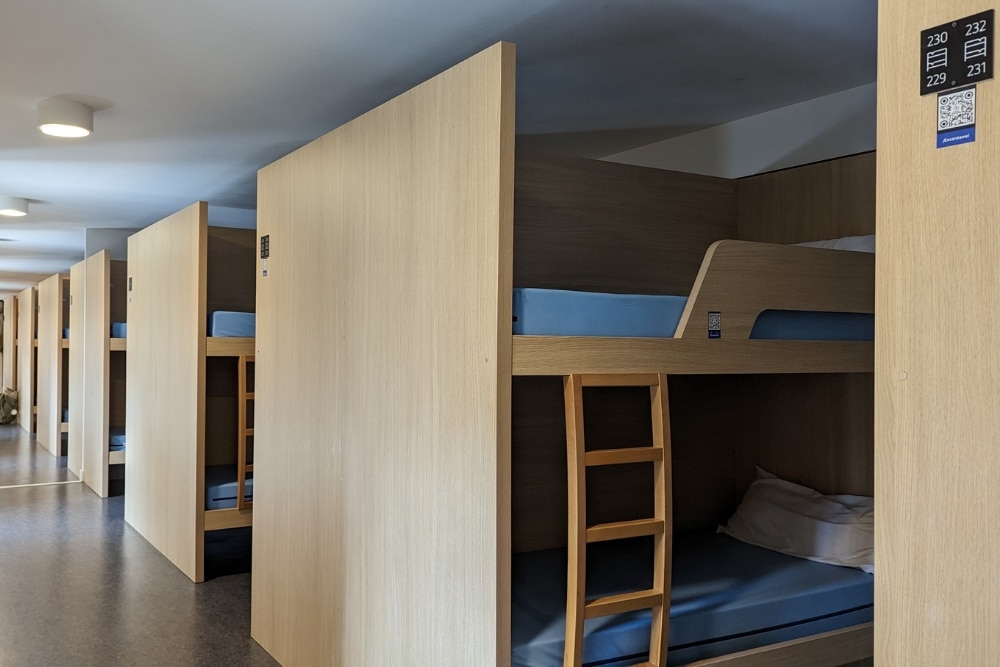
Credit: Alexander Ee
Whichever time one walks, a wide range of accommodation options exist. At the low end, there are albergues, or hostels where pilgrims sleep communally. A bed costs anywhere up to €20.
At the high end, there are paradors, or buildings with historical meaning and that have been converted into luxury hotels. These costs in the hundreds of Euros but are the ultimate in luxury.
However, not all villages along a route will have accommodation options in the upper range, so a pilgrim will either have to make do with staying in an albergue or a cheap 3-star hotel.
Or they can engage one of the many luxury Camino tour operators to plan their accommodation – or even the entire trip – for them.
- Planning
These operators will even have replenishment and emergency vehicles waiting every 5 kilometres along the route.
They can also arrange for transportation to ferry pilgrims to luxury hotels for the night and then bus them back to where they were picked up the next morning for their onward journey.
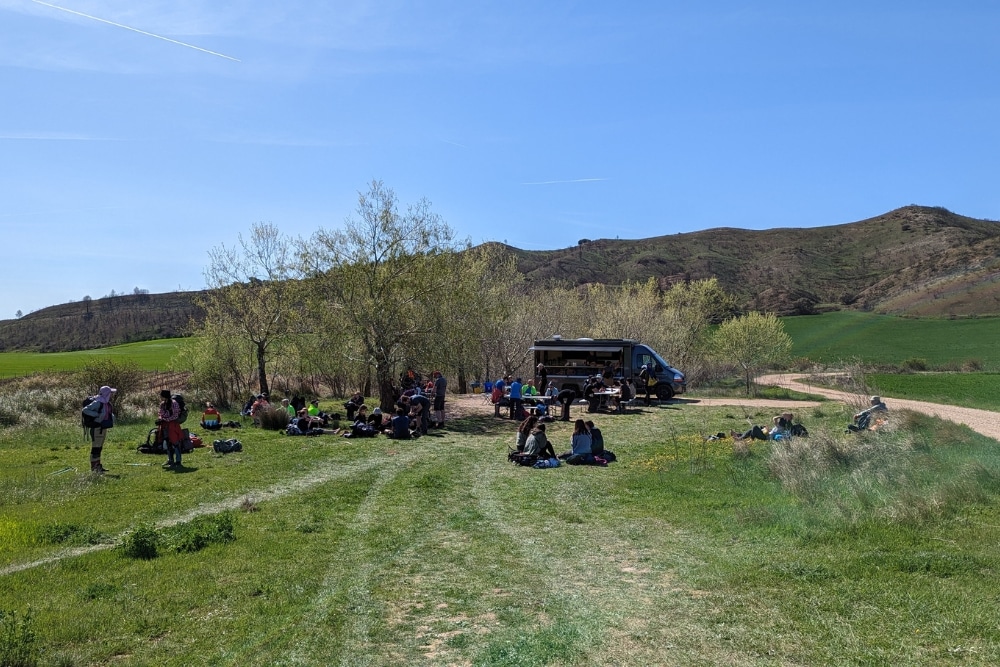
Credit: Alexander Ee
But most pilgrims are on DIY journeys. Many don’t even plan. They walk as they please, stop where they like, and eat what is available.
I walked like this on many segments of the journey and experienced what unencumbered travel was like. It was liberating and freeing.
I honestly believe that there is no wrong Camino. However, if asked to provide advice on how to walk the Camino, I would urge the pilgrim to push themselves and to step out of their comfort zones.
The greater the discomfort, the greater the growth. The only way to grow and to know one’s own limits is to step into the unknown. Untapped possibilities lie in this zone.
So dare to try. You will grow as a result. I did, and my life has completely changed.

